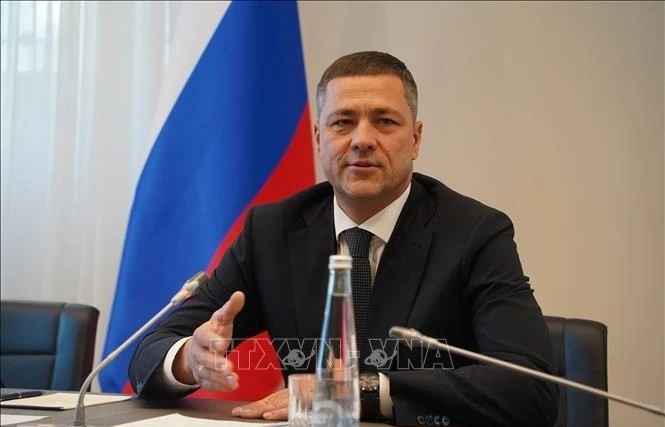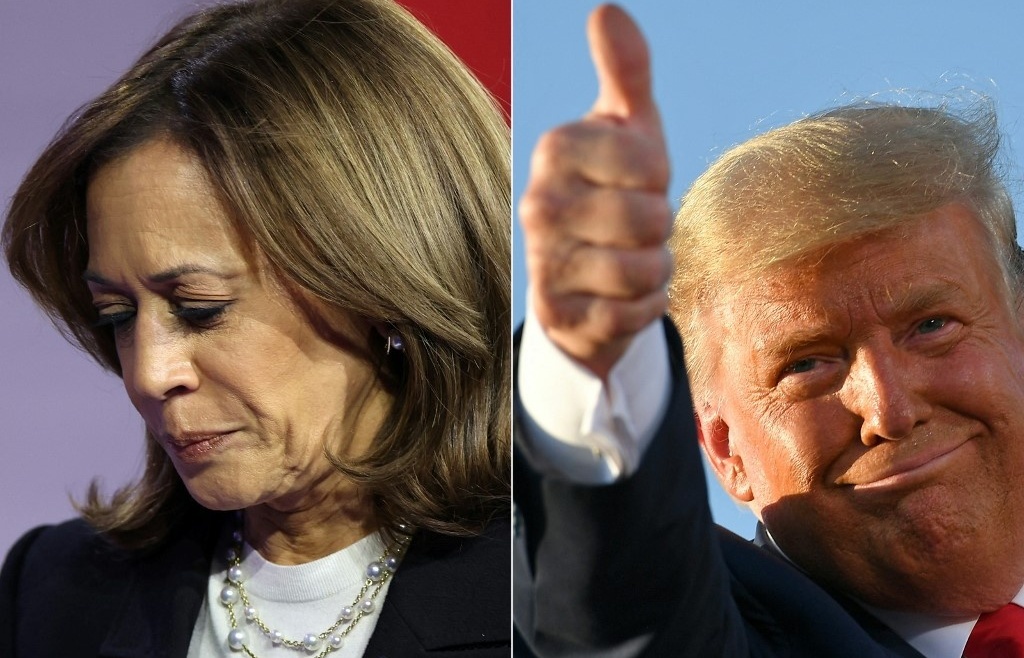Russia plans to triple state debt by 2014
 Russia plans to borrow hundreds of billions of dollars, mainly on the domestic bond market, in the next years, bringing its public debt to 17 per cent of gross domestic product by 2014, it said in a document on its website.
Russia plans to borrow hundreds of billions of dollars, mainly on the domestic bond market, in the next years, bringing its public debt to 17 per cent of gross domestic product by 2014, it said in a document on its website.
The borrowing will help cover Russia's budget deficit, which will fall to 2.3 per cent of GDP in 2014 after a predicted 2.7 per cent in 2012 and 2013, it said in the policy statement on Russian debt policy up to 2014.
The proposals -- which according to the Vedomosti business daily will be discussed at a government meeting this week -- coincide with growing concerns in the United States and Europe about the dangers of building up huge debts.
But Russia is still pressing ahead with a major spending programme for a long overdue modernisation of the country and to prepare for a string of major events like the 2018 football World Cup.
"The pace of growth in expenditure points to a constant budget deficit in the future. State borrowing on the capital markets will be the main source for financing the federal budget deficit," the finance ministry said.
According to the finance ministry, Russia's state debt was 4.6 trillion rubles (112.3 billion euros, $161 billion) on July 1 but this would rise to 12 trillion rubles by 2014 with the new borrowing.
Of this, Russia would borrow 10 trillion rubles (244 billion euros, $350 billion) on the domestic market and 2 trillion rubles abroad, it said.
"The era of saving is over for Russia, now a new life is starting, one of borrowing, spending and ensuing budgetary risks," a finance ministry official told Vedomosti.
Growth is seen at 3.5 per cent in 2012, 4.2 per cent in 2013 and 4.6 per cent in 2014, still well off the stellar rates Russia enjoyed before the 2008 crisis. Russia in 2009 posted its first budget deficit for almost a decade.
But the finance ministry pointed out that at 17 per cent of GDP, Russia's public debt would still be very low compared to many developed economies, notably Japan, Italy and the United States.
"In the period (to 2014), all the indicators of Russia's reliability as a debtor will be, as before, outside the danger zones," it said.
Russia remains bruised by the memory of the 1998 default on its debt when the economy went into meltdown, a trauma its leaders have vowed will never be repeated.
Days after Standard & Poor's took the United States down one notch from its coveted AAA rating, the Russian finance ministry also complained that credit agencies were "clearly underestimating our country".
It noted that Fitch currently rates Russia with BBB, Standard & Poor's with BBB and Baa 1 from Moody's, ratings that reflect an adequate capacity to meet obligations but a risk in the case of adverse conditions.
Russia was able to build up tens of billions of dollars in two reserve funds during the era of high oil prices, helping the country weather the global financial crisis of 2008.
But the finance ministry document said that Russia's petrodollars would now be used to finance expenditure. The National Reserve Fund would receive only a small top-up while the National Welfare Fund would be given no further money.
But Vedomosti quoted economists as saying that the expansionary policy could be risky given the current uncertainty in the global economy.
"When the government in the past announced increased borrowing, it was explained by favourable market conditions," Troika Dialog chief economist Yevgeny Gavrilenkov told the paper. "But now the situation on the international debt market is changing and no one knows what will happen."
What the stars mean:
★ Poor ★ ★ Promising ★★★ Good ★★★★ Very good ★★★★★ Exceptional
Related Contents
Latest News
More News
- Tropical storm Trami leaves at least 24 people dead in Philippines (October 24, 2024 | 17:36)
- Singapore grants conditional approval for solar power import from Australia (October 24, 2024 | 17:27)
- ASEAN digital economy set to reach $2 trillion by 2030 (October 22, 2024 | 15:08)
- Thailand asks Laos to waive visa fee at border checkpoints to boost tourism (October 21, 2024 | 17:23)
- Laos pledges to continue efforts to empower girls (October 21, 2024 | 17:17)
- Chinese electric vehicle maker to build plant in Indonesia (October 21, 2024 | 17:12)
- Vietnam Elevator Association introduces Elevator Safety Application to the world (October 18, 2024 | 09:00)
- A taste of the future - the go-to spot at the Worldchefs Congress & Expo 2024 (October 15, 2024 | 16:11)
- Jakarta to impose household waste levy (October 14, 2024 | 16:49)
- China, Laos plan to build connectivity development corridor with Thailand (October 14, 2024 | 16:19)




 Tag:
Tag:

















 Mobile Version
Mobile Version